Explore Aspen's Historic Landmarks
Aspen’s architectural and cultural DNA reflects its journey from rugged frontier outpost to international symbol of sophistication. The town's earliest growth spurt occurred during the Colorado Silver Boom of the 1880s, when newly discovered ore deposits attracted waves of prospectors, entrepreneurs, and visionaries. As fortunes rose, so did buildings, many of which still stand today, crafted in ornate Victorian styles that mirrored the optimism of their era. These structures, now protected and restored, form the foundation of Aspen’s historic identity.
Preservation efforts have ensured that these sites do more than survive, they live. Instead of relegating its past to archives, Aspen integrates its history into the rhythm of daily life. Many of these neighborhoods serve as prime examples of how historic integrity can coexist with the high standards of today’s luxury market, something we often guide clients through at Aspen Real Estate.
- Discovering Aspen’s Historic Landmarks and Their Stories
- The Role of Institutions in Heritage Preservation
- Wheeler/Stallard Museum and Iconic Neighborhoods
- West End: Victorian Legacy Meets Modern Refinement
- From Ghost Towns to Grand Estates
- Preservation as Environmental and Cultural Stewardship
- Guided Adventures into Aspen History
- Specialized Tours and Archival Access
- Practical Tips for an Engaging Visit
Discovering Aspen’s Historic Landmarks and Their Stories
Landmarks like the Hotel Jerome and Wheeler Opera House offer more than origin stories, they represent Aspen’s early ambition to pair frontier ruggedness with cosmopolitan flair. The Hotel Jerome, once one of the few Western hotels with indoor plumbing and electric lights, became a social and political hub during the ski renaissance and continues to host prominent thinkers, artists, and policymakers. At the Wheeler Opera House, Walter Paepcke’s mid-century renovations transformed a fire-damaged relic into a centerpiece of Aspen’s intellectual revival, hosting the Goethe Bicentennial and laying the groundwork for the Aspen Institute’s presence.

The Role of Institutions in Heritage Preservation
Aspen’s commitment to its past is maintained through a deliberate balance of education, regulation, and civic pride. The Aspen Historical Society doesn’t just preserve, it curates. Through its guided tours, archival programs, and interpretive installations at sites like the Holden/Marolt Mining and Ranching Museum, the Society contextualizes Aspen’s evolution from extraction economy to cultural refuge. Their stewardship elevates forgotten chapters, like the Quiet Years between the silver crash and the skiing boom, into essential pieces of the town’s identity.
Recent designations, including the Berger Cabin designed by Fritz Benedict, underscore a broader recognition of post-industrial-era contributions to Aspen’s architectural story. Benedict’s influence, seen in the Usonian lines of the cabin and the planning of the Aspen Meadows campus, speaks to a new generation of landmarks shaped by environmental awareness and modernist ideals. These additions to the historic registry reflect a growing understanding that Aspen’s legacy is as much about reinvention as it is about preservation.
Wheeler/Stallard Museum and Iconic Neighborhoods
On a quiet, tree-lined street in Aspen’s West End, the Wheeler/Stallard Museum occupies an entire city block, its stature matched only by the depth of its historical resonance. Built in 1888 by financier Jerome B. Wheeler, the Queen Anne-style home was intended to bring East Coast refinement to a burgeoning mining town. Though neither Wheeler nor his wife ever lived there, the house later became a long-term residence for the Stallard family, who occupied it for four decades through Aspen’s “Quiet Years.”
Inside, the museum’s ground level recreates the domestic atmosphere of the turn-of-the-century West with original decor, period artifacts, and functional layouts. Upstairs, the Second Floor Gallery rotates curated exhibitions that draw from the Aspen Historical Society’s vast collection, one notable example being a transportation exhibit that traces the journey from Ute tribal trails to modern jet access. These layers of interpretation, anchored in both personal stories and civic development, provide a textured understanding of how Aspen’s physical and cultural infrastructure evolved in parallel.
West End: Victorian Legacy Meets Modern Refinement
The West End’s architectural narrative is one of continuity and craftsmanship. Originally developed as a residential enclave for Aspen’s early investors, the neighborhood remains defined by its symmetrical streetscapes, mature tree canopies, and wide setbacks. Today, many of these properties retain their original silhouettes while incorporating contemporary materials and spatial strategies, interiors reveal minimalist detailing, integrated lighting systems, and curated art installations.
Rather than mimic the past, newer builds in the West End use historical context as a framework for innovation. Preservation ordinances guide changes to primary facades and rooflines, but within these constraints, architects and homeowners introduce glass corridors, passive solar techniques, and subterranean expansions to meet modern standards. The result is a neighborhood that feels both rooted and relevant, a rare balance that continues to attract discerning buyers seeking character, privacy, and proximity to Aspen’s downtown core.
From Ghost Towns to Grand Estates
Tucked into high alpine valleys and ridgelines, the remnants of Ashcroft and Independence stand as enduring witnesses to the volatility of frontier ambition. Ashcroft blossomed in the early 1880s with enough momentum to rival Aspen, complete with hotels, a newspaper, and 20 saloons, yet within a decade, exhausted ore veins and shifting attention left the town nearly empty. Independence, perched just below the Continental Divide, faced even harsher conditions; snowbound and cut off in 1899, its remaining residents crafted makeshift skis from dismantled cabins and descended en masse to Aspen for survival, an exodus now etched into local legend.
Visitors to these ghost towns step into preserved silence. At Ashcroft, restored log buildings framed by wildflower meadows evoke a sense of both isolation and ingenuity; the post office remains in its original location, a rare feature among frontier ruins. Independence, by contrast, offers a more rugged experience. Interpretive signage guides guests through collapsed structures and reconstructed paths, revealing the stark realities of elevation, weather, and short-lived prosperity. These sites are not reimagined, they’re stabilized to retain authenticity, each structure a fragment of the Roaring Fork Valley’s earliest chapters.
Preservation as Environmental and Cultural Stewardship
Maintaining these sites requires more than historical reverence, it demands a sensitivity to ecological conditions and structural decay unique to their altitude. Independence, listed on the National Register of Historic Places, has undergone selective stabilization rather than full restoration, preserving its skeletal remains as open-air archaeology. At Ashcroft, caretakers balance interpretive access with the integrity of the surrounding watershed, ensuring that cultural tourism does not disrupt the valley’s fragile alpine ecosystem.
This approach to preservation, conservation over cosmetic restoration, has quietly influenced modern architectural thinking in the region. Properties near Castle Creek and along Independence Pass often adopt a less-is-more philosophy, drawing from the ghost towns' restrained material palettes and elemental forms. Natural timber, oxidized metal, and low-impact footprints reflect not nostalgia, but a design language rooted in terrain and transience. These homes, while modern in function, acknowledge the impermanence that defines the region’s earliest built environment.
Guided Adventures into Aspen History
Immersive historical tours provide an unmatched perspective on Aspen’s layered past. These experiences blend storytelling with setting, guides trained by the Aspen Historical Society lead visitors through neighborhoods, cemeteries, and preserved sites, highlighting little-known moments that shaped the town’s evolution from a mining camp to a cultural enclave.
Routes through the downtown core uncover the shifting economic forces that left their imprint on the town’s street grid and early civic buildings. The tour brings context to lesser-known landmarks and original commercial facades, revealing how early merchants, saloon owners, and community leaders influenced Aspen’s layout and character. In contrast, the West End walking tour focuses on the architectural refinement that emerged during Aspen’s quieter decades, where residences built by 19th-century entrepreneurs remain intact, their design details echoing both resilience and ambition.
Specialized Tours and Archival Access
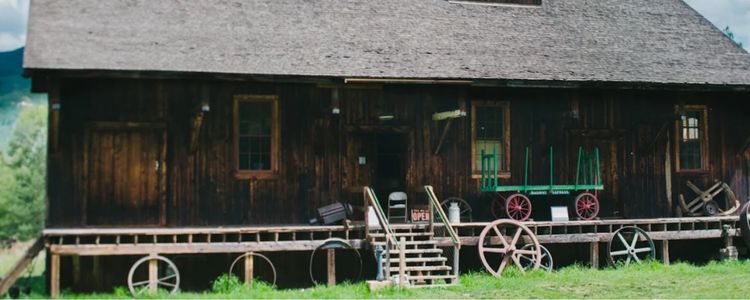
For those seeking a deeper examination of Aspen’s transformation, the archive tour offers unparalleled access to original records housed below the Wheeler/Stallard Museum. Guests examine early plat maps, handwritten letters, and pre-war development proposals that laid the groundwork for Aspen’s mid-century revival. The tour’s interpretive approach connects these documents to broader themes, how infrastructure, zoning, and land use shaped the built environment now prized for its character and scarcity.
Beyond the archives, specialty tours expand the geographic and thematic range of Aspen’s history. The History Coach, a five-passenger electric vehicle, explores key sites across town and transitions to the Holden/Marolt Mining & Ranching Museum, where guests explore Aspen’s pivot from silver production to sustainable ranching. On-mountain history ski tours contrast the original rope tows and military installations with today’s expansive lift network, spotlighting the veterans of the 10th Mountain Division who laid the groundwork for the ski industry and left a legacy embedded in both terrain and community values.
Each format reveals Aspen’s past through a distinct experiential lens, whether walking, riding, skiing, or researching, offering a dynamic view of history that is continually reinterpreted through the spaces still standing.
Practical Tips for an Engaging Visit
Timing plays a crucial role in shaping the depth and comfort of your historical exploration. In late May or early October, Aspen offers quieter streets, uncrowded museums, and golden light that enhances photography across both preserved landmarks and alpine settings.
Weather conditions shift quickly, especially when navigating elevations above 8,000 feet. For excursions to Independence or the Ute Cemetery trail, bring a lightweight shell, gloves, and breathable layers that accommodate both sun exposure and abrupt afternoon chills. Footwear with solid tread is advisable; many paths, particularly those near ghost towns, transition from gravel to uneven terrain. This attention to preparation ensures uninterrupted access to Aspen’s more remote historic assets.
For a full day of immersion, start with a guided walking tour in the West End to trace Aspen’s early residential grid and its original Victorian-era homes, many of which remain intact. From there, explore the Second Floor Gallery at the Wheeler/Stallard Museum, where seasonal exhibits often highlight themes like transportation evolution, domestic life during the Quiet Years, or the influence of the Paepcke vision. Later in the afternoon, a drive to the Holden/Marolt Mining and Ranching Museum provides a direct link to Aspen’s industrial past, its original barn structure, relocated homestead buildings, and preserved mining equipment illustrate the town’s transition from silver extraction to sustainable ranching.
Whether you're drawn to Aspen for its storied past or its elevated present, understanding the heritage behind each landmark adds depth to every experience here. These places aren't just history, they're the foundation of Aspen’s enduring character and charm.
If you're considering making Aspen a part of your story, contact us for professional guidance in buying or selling luxury real estate.


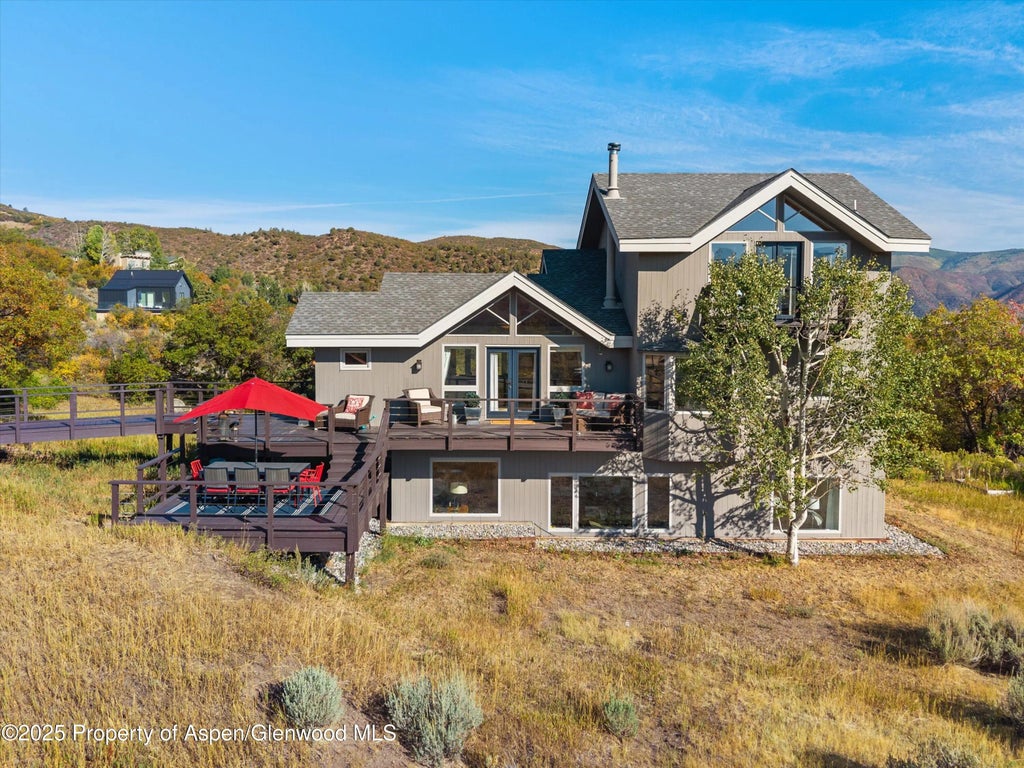
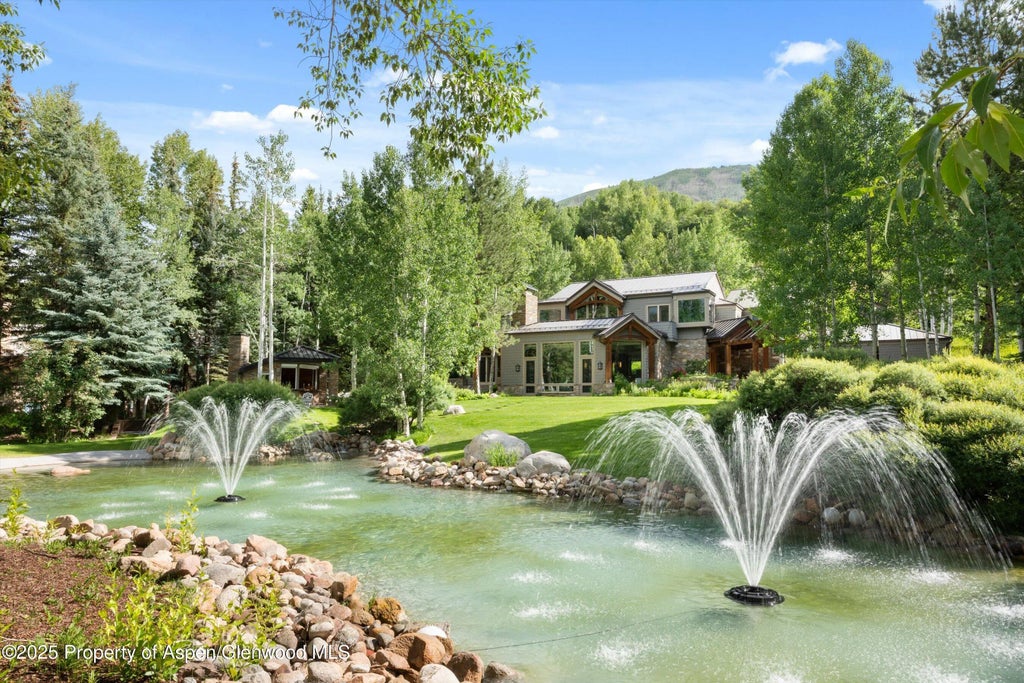
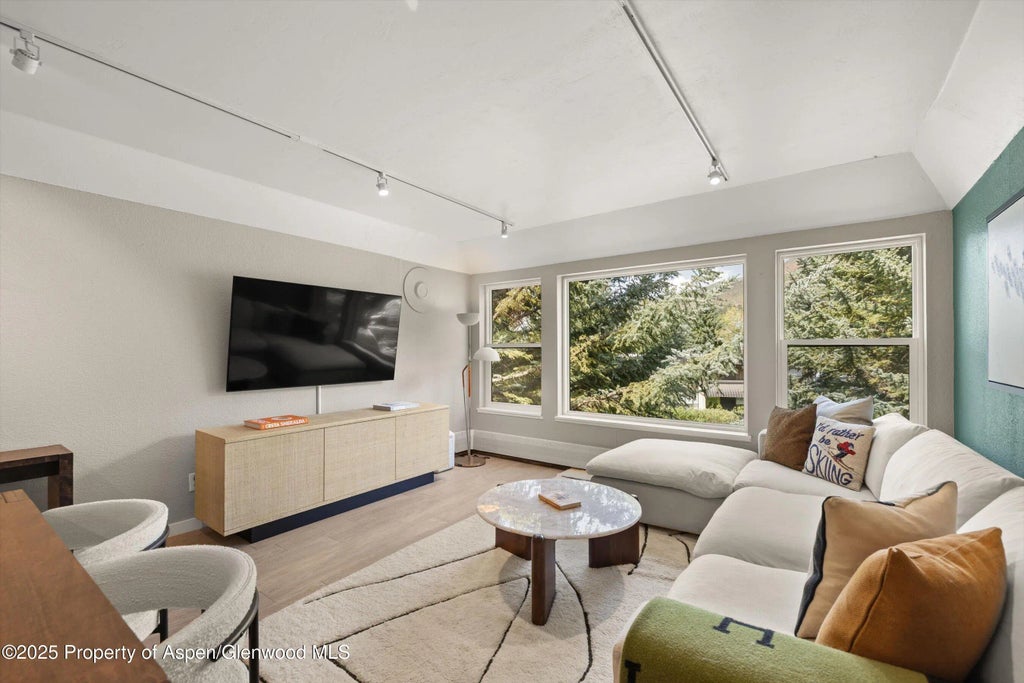
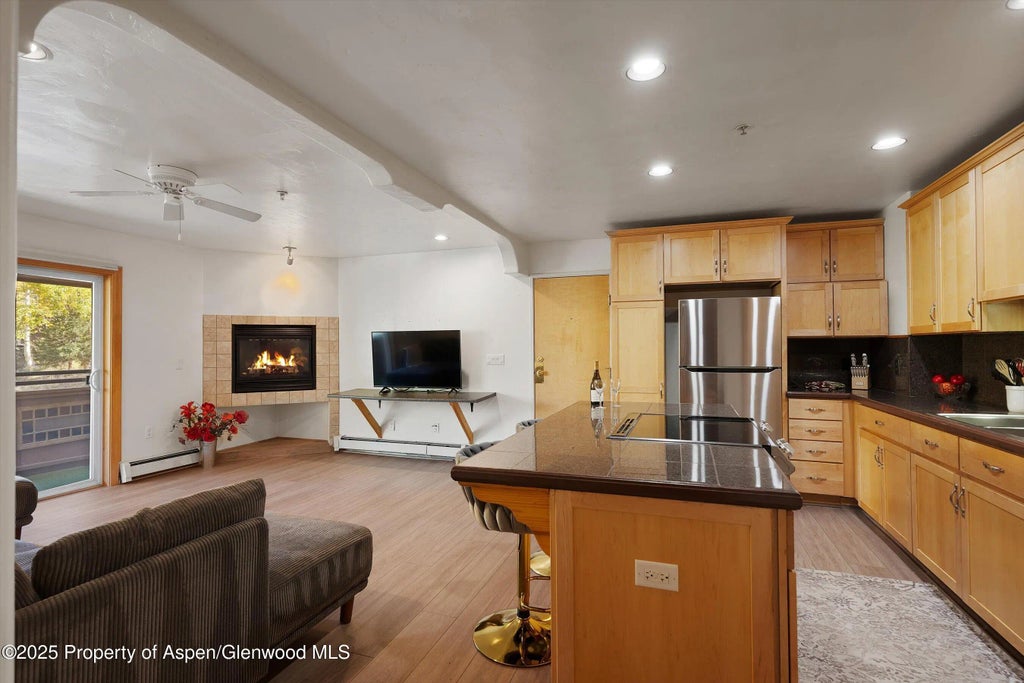
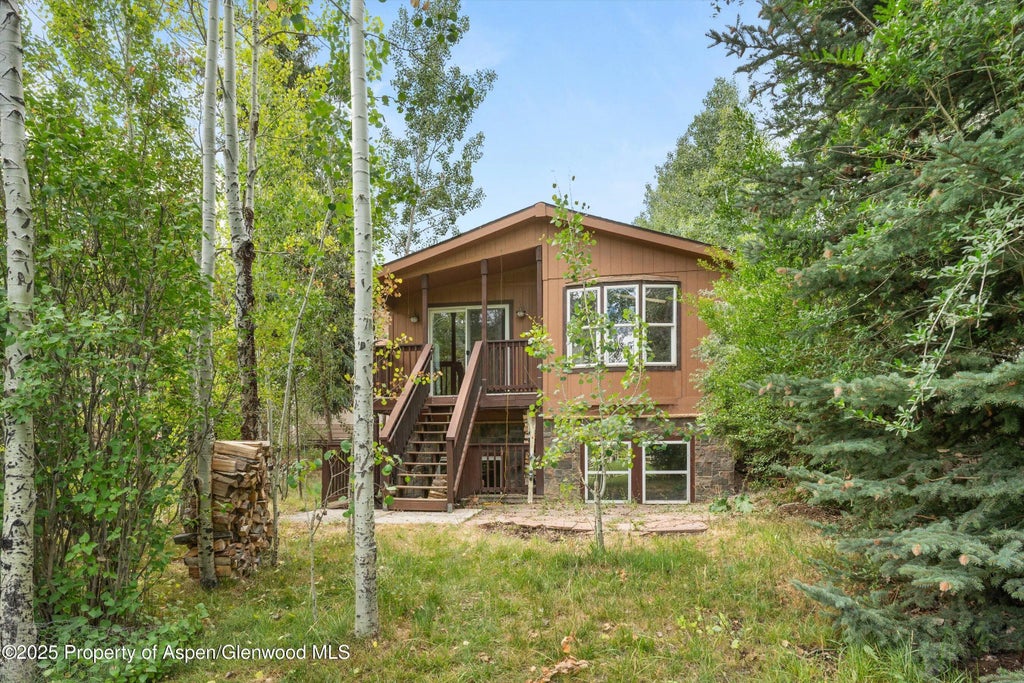
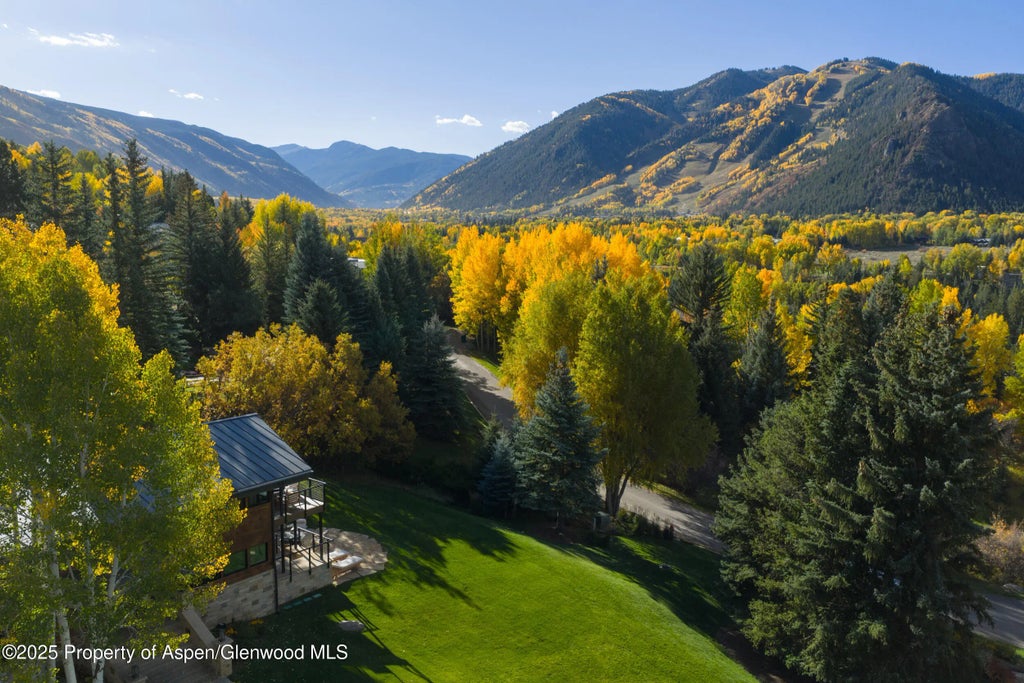
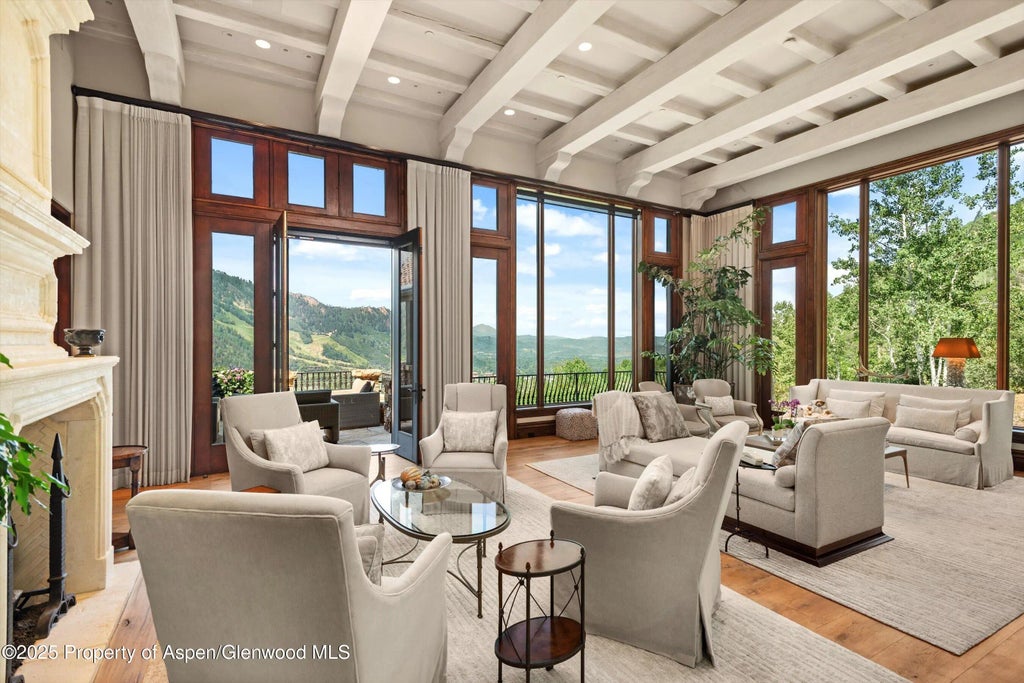
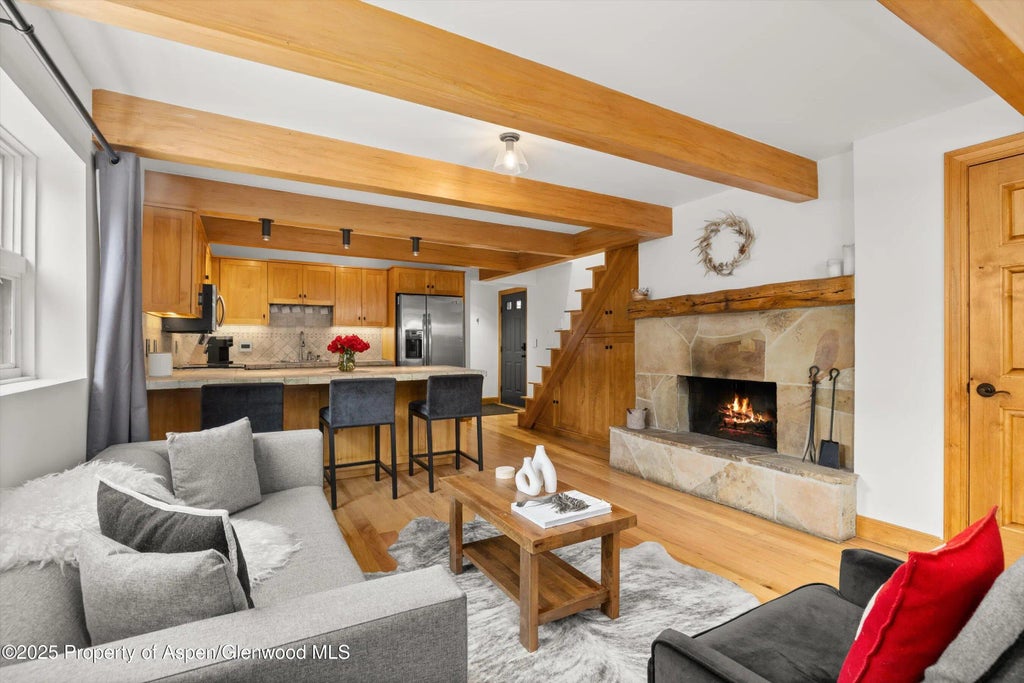
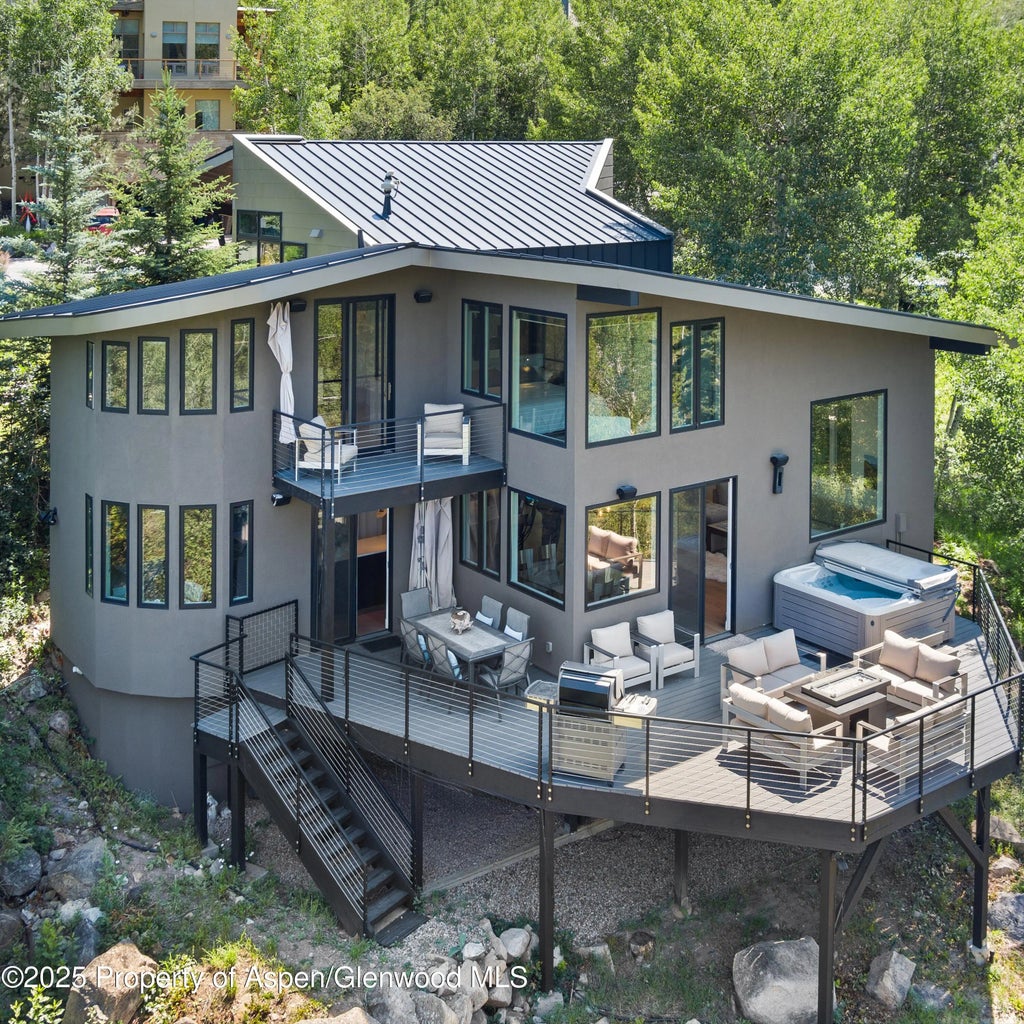
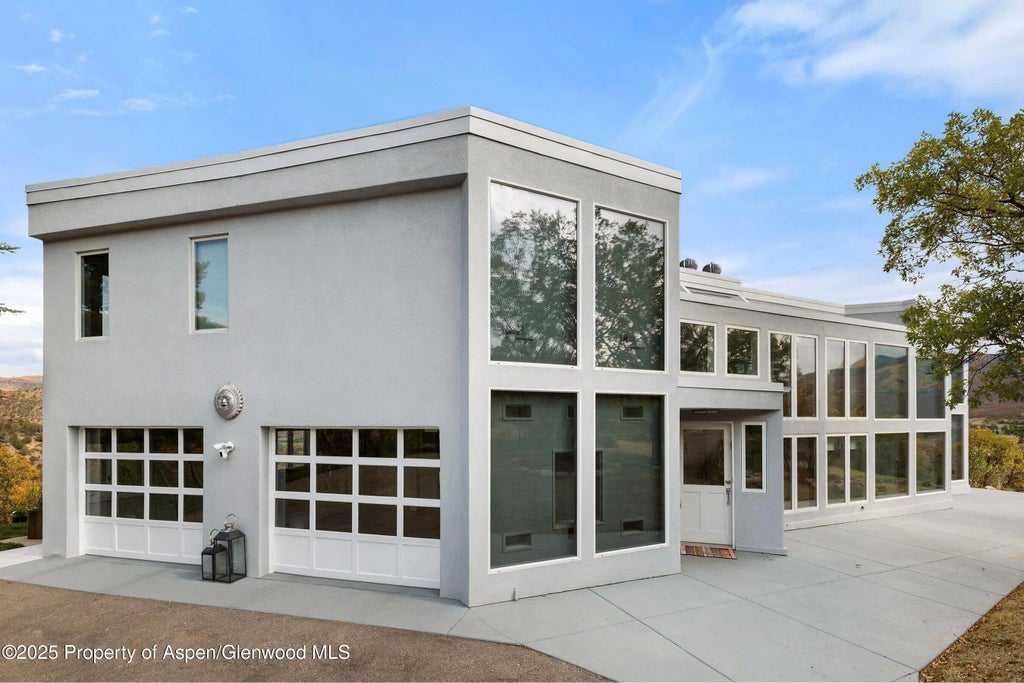

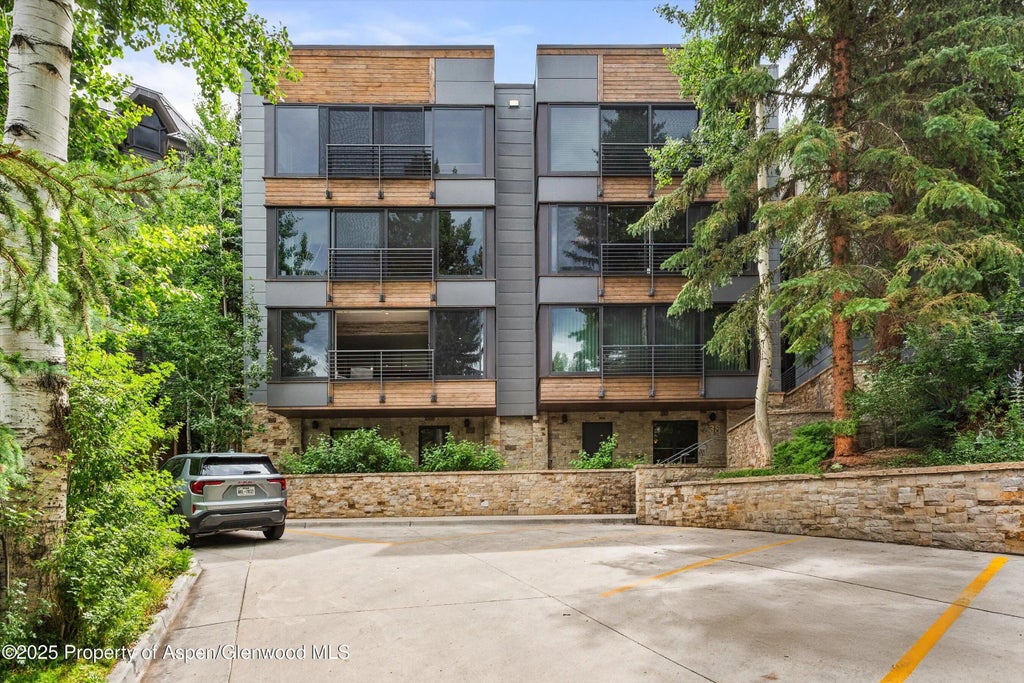
Leave A Comment